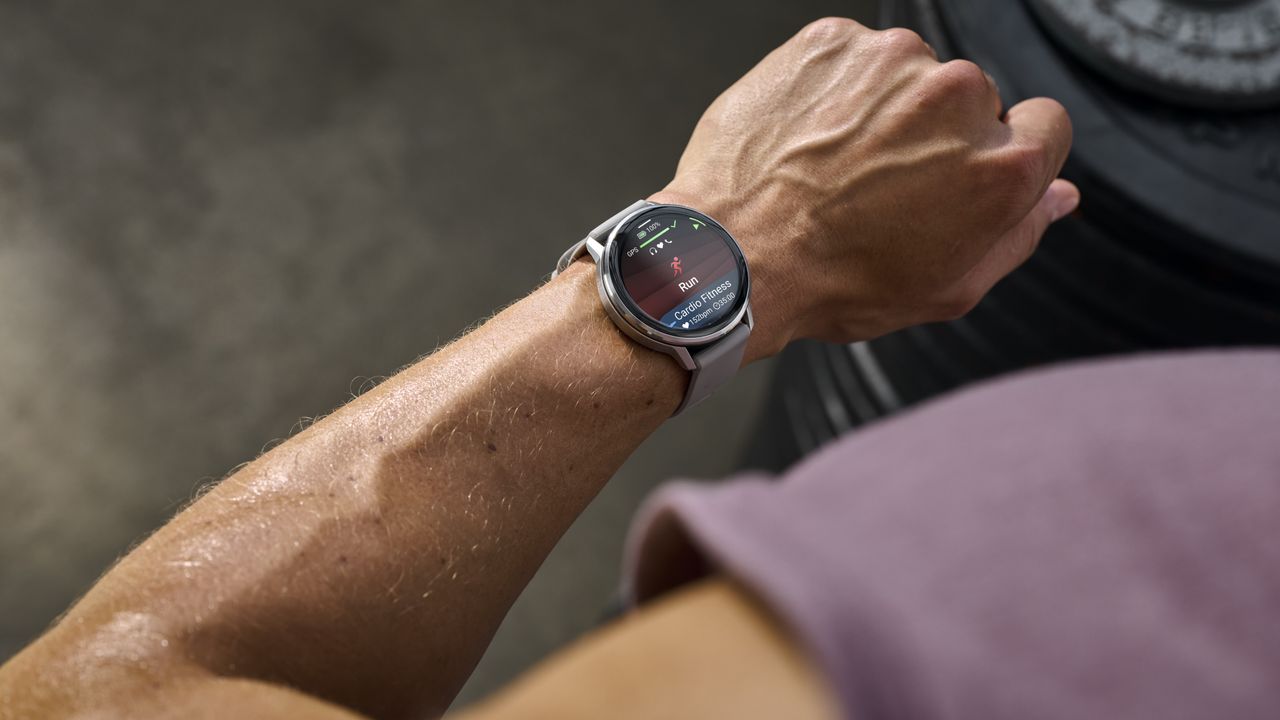
The mainline champ returns
Garmin unshackled the Venu 4 to add better personalized coaching, training load data, and GPS accuracy, while still designing it to be more accessible, stylish, and health-focused than your typical Garmin watch. It's heavier and more expensive than past Venus, and doesn't have every Venu X1 perk, but it still arguably has the best value of any Garmin watch.
Pros
- Better dual-band GPS and SatIQ
- 2–4 more days of battery life
- ECG readings
- Better accessibility tools
- New multisport Fitness Coach
Cons
- No built-in maps or Fenix-level training tools
- A bit heavier despite smaller display
- No Sapphire crystal
- Pricier than the Venu 3
Thin frame, powerful guts
The Garmin Venu X1 isn't nearly as well-rounded as the Venu 4, prioritizing a large, bright display and ultra-thin design at the expense of battery life — and costing significantly more. It's also the most comfortable Garmin watch we've ever worn, but you need more justification to buy it; double-check that you need specific, exclusive perks like offline maps before you pay extra.
Pros
- More comfortable to wear
- Larger, better-protected display
- More advanced running, cycling, and golf tools
- Full map suite instead of breadcrumb navigation
Cons
- Costs significantly more
- No dual-band GPS or ECG readings
- Shorter battery life
- No multisport Fitness Coach (yet)
The Garmin Venu 4 costs $250 less than the Garmin Venu X1 but still has several hardware upgrades and software exclusives. Features like Health Status and Sleep Alignment should come to the Venu X1 within a couple of months, but the Venu 4 will still have the edge for GPS accuracy and battery life.
The Venu X1 has its own advantages, however! You get similar software perks to the pricier Fenix 8, most notably offline maps for hiking and golf, where the Venu 4 falls short. The Venu 4 is also slightly less comfortable to wear, and while you can offset the weight gap with a nylon strap or the smaller 41mm model, you're still getting a much smaller display in exchange for a lower price and a more traditional watch look.
We've already broken down the Garmin Venu 4 vs. Venu 3 generational gap; now, let's compare the Garmin Venu 4 vs. Venu X1 to help you decide which exclusive features you'll truly care about.
Category |
Garmin Venu 4 |
Garmin Venu X1 |
|---|---|---|
Case colors |
Slate, Silver, Lunar Gold (41mm only) |
Black with Slate Titanium, Moss with Titanium |
Materials |
Stainless steel and fiber-reinforced polymer case, steel bezel |
Fiber-reinforced polymer with titanium caseback, no bezel |
Strap |
22mm or 18mm silicone Quick Release strap |
24mm Nylon ComfortFit Quick Release strap |
Protection |
5ATM, Gorilla Glass 3 |
5 ATM, sapphire crystal |
Dimensions |
45 x 45 x 12.5mm, 56g w/ strap 41 x 41 x 12mm, 46g w/ strap |
41 x 46 x 7.9mm, 40g with nylon strap |
Buttons |
2 |
2 |
Display |
1.2-inch (390x390) or 1.4-inch (454x454) AMOLED touchscreen, 2,000 nits |
2-inch (448 x 486) AMOLED touchscreen, 2,000 nits |
Tracking |
GPS, GLONASS, Galileo, BeiDou, QZSS, SatIQ, All-Systems GNSS + Multi-Band |
GPS, GLONASS, GALILEO, BeiDou, QZSS, All-Systems GNSS |
Sensors |
Elevate v5 HRM, SpO2, accelerometer, altimeter, compass, ECG, gyroscope, skin temperature |
Elevate v5 HRM, SpO2, accelerometer, altimeter, compass, gyroscope, skin temperature |
Connectivity |
Bluetooth, ANT+, Wi-Fi, NFC |
Bluetooth, ANT+, Wi-Fi, NFC |
Storage |
✔️ 8GB (Music) |
✔️ 32GB (Maps, music) |
Mic & speaker |
✔️ (Calling, Phone commands, Watch commands) |
✔️ (Calling, Phone commands, Watch commands) |
Flashlight |
✔️ |
✔️ |
Battery life |
45mm: 12 days (4 w/ AOD), 20 GPS hours, 19 All-Systems GNSS hours, 18 multi-band GPS hours, 9 hours All-Systems GNSS w/ music 41mm: 10 days (3 w/ AOD), 15 GPS hours, 13 All-Systems GNSS hours, 12 multi-band GPS hours, 6 hours All-Systems GNSS w/ music |
8 days; 2 w/ AOD, 16 GPS hours, 14 All-systems GNSS hours, 7 hours All-Systems GNSS w/ music |
Garmin Venu 4 vs. Venu X1: What's the same?
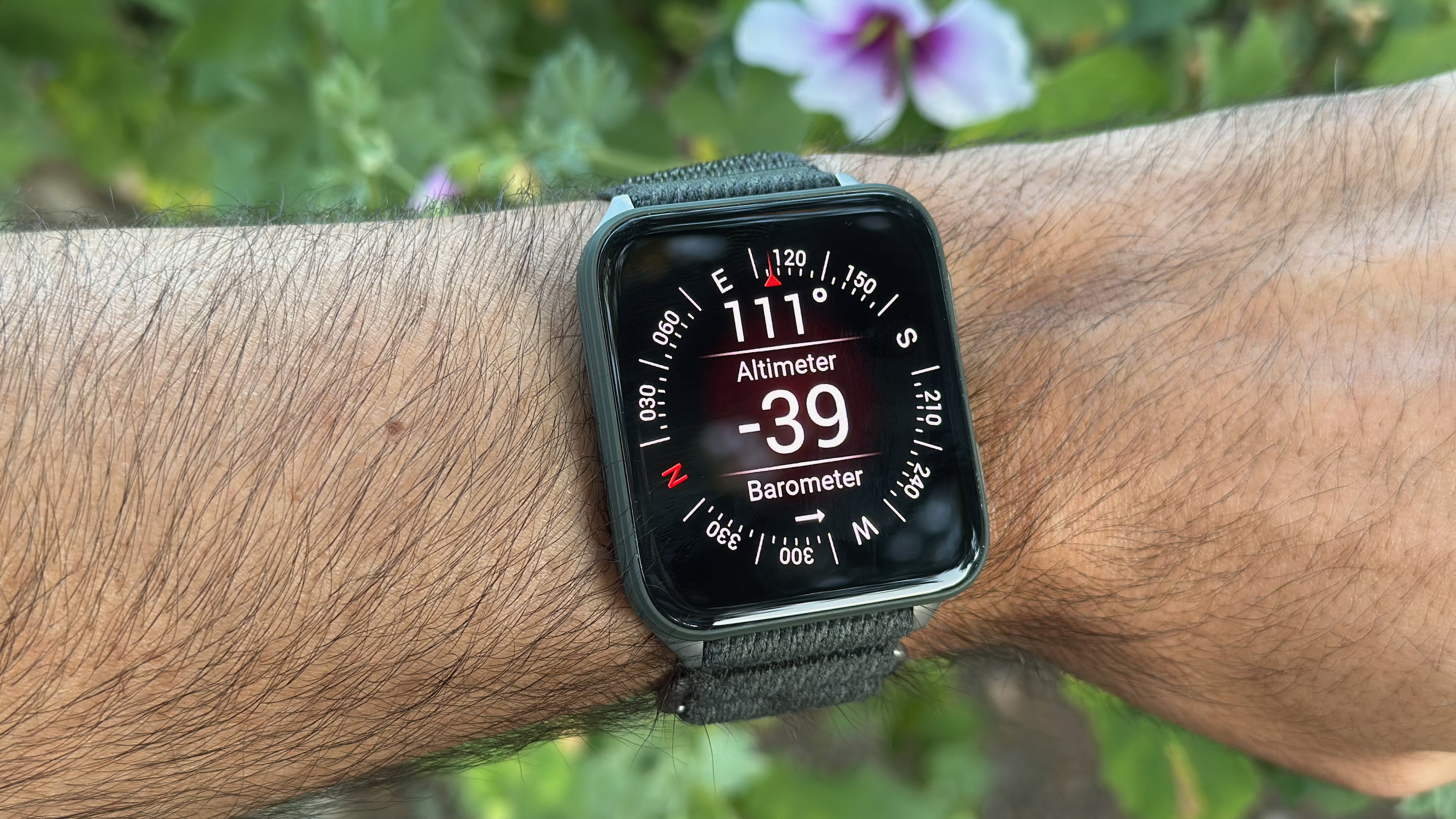
Both the Garmin Venu 4 and Venu X1 have two buttons — unlike the Venu 3's three buttons — making them more touch-dependent than the five-button Garmin Fenixes, Forerunners, or Instincts.
They both utilize the fifth-generation Elevate sensor suite, which has remained unchanged since 2023. The Garmin Venu X1 performed very well in our accuracy tests, and the Venu 4 should follow suit. They also share most of the same sensors for navigation (compass), elevation tracking (altimeter), wrist movement (gyroscope), and health (skin temp), plus the same connectivity standards for Bluetooth/ANT+ accessories.
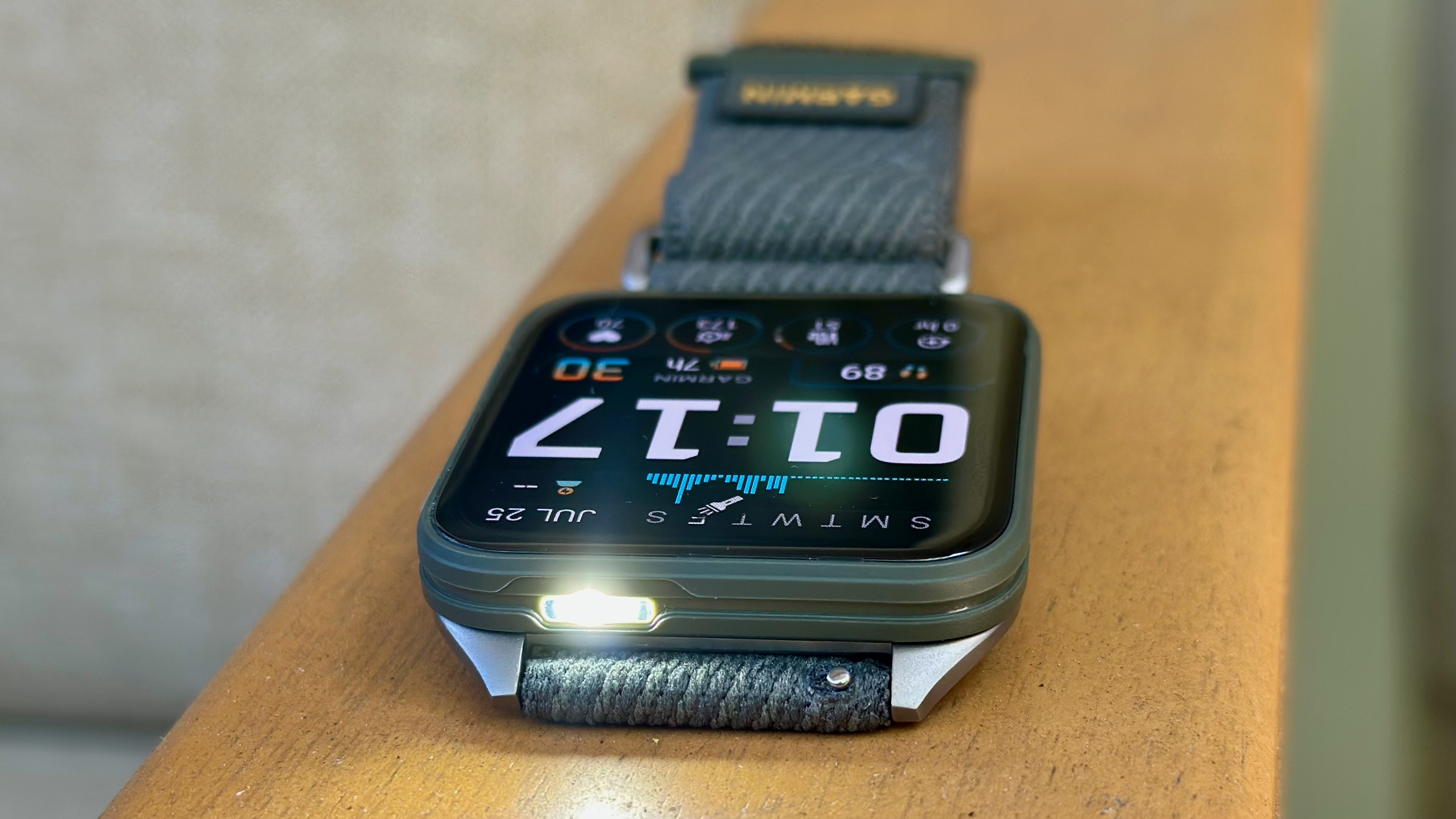
Garmin gave the Venu X1 and Venu 4 a mic and speaker for voice commands and Bluetooth calling, built-in white and red LEDs with four intensity levels and strobe effects, and the same modern Garmin OS UI found on its 2025 watches.
While their two displays couldn't look more different, they do both hit 2,000 nits of brightness, twice as bright as most Garmin AMOLED displays before 2025. Their pixels per inch are also comparable: 324 on the Venu 4 and 330 on the Venu X1.
The Venu 4 software suite is quite similar to the Forerunner 570's, while the Venu X1 is comparable to the Forerunner 970. We'll focus more on the software differences below, but the Venu 4 and X1 share most of the same sport profiles and hundreds of core Garmin features across running, hiking, cycling, swimming, indoor workouts, training load, and sleep/recovery tracking — far too many to list here.
Garmin Venu 4 vs. Venu X1: Design & display
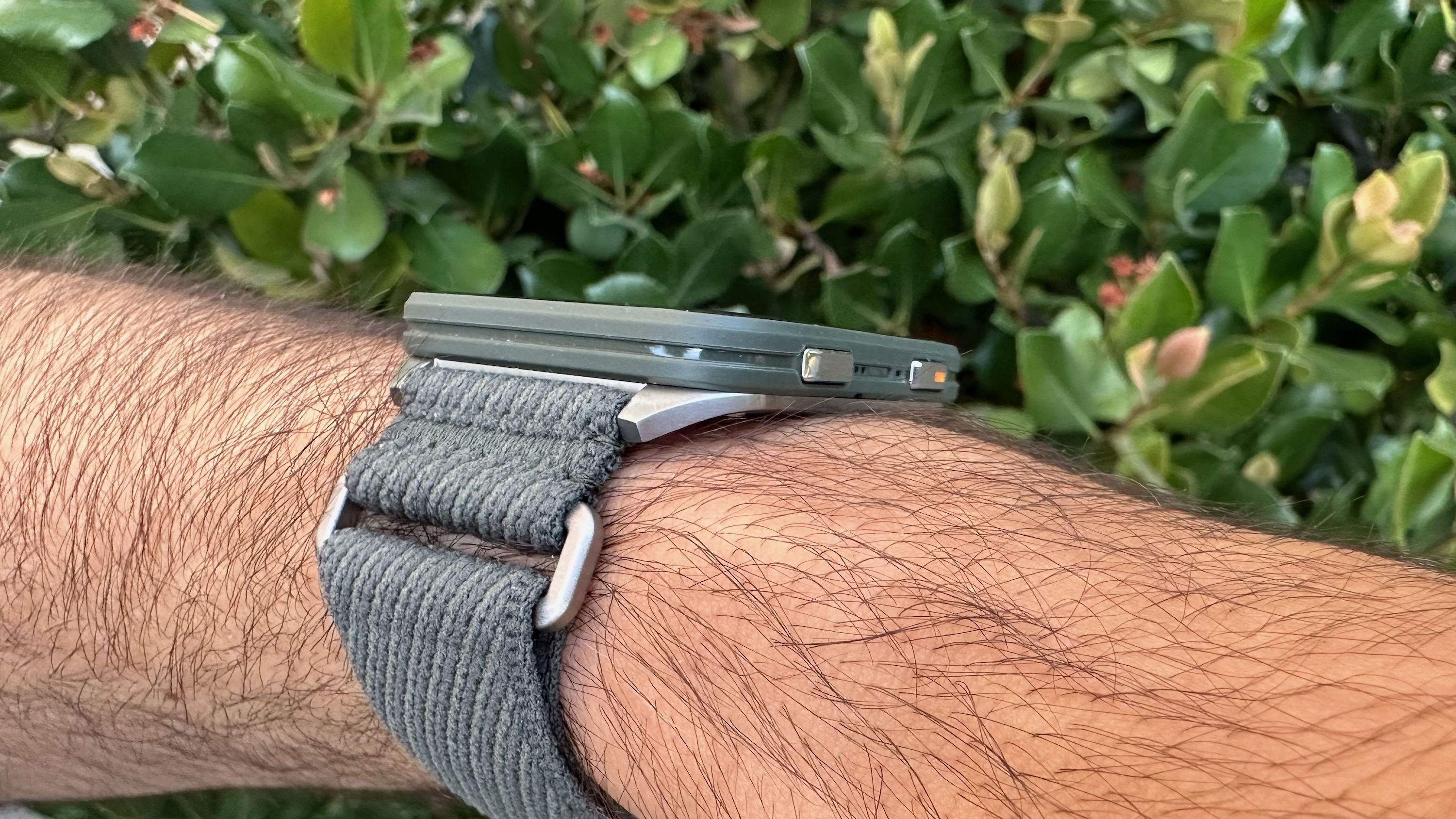
The Garmin Venu 4 comes in two sizes to accommodate different wrist sizes, but one of the main Venu X1 upsides is that it's so light (40g) and skinny (7.9mm) that it'll work on any wrist without compromise; it's supremely comfortable, especially for hours-long activities.
The 1.2-inch Venu 4 41mm is only a little heavier than the X1, but with obvious display shrinkage. The 45mm model is closer, and you can buy a nylon strap to try to close the weight gap a bit.
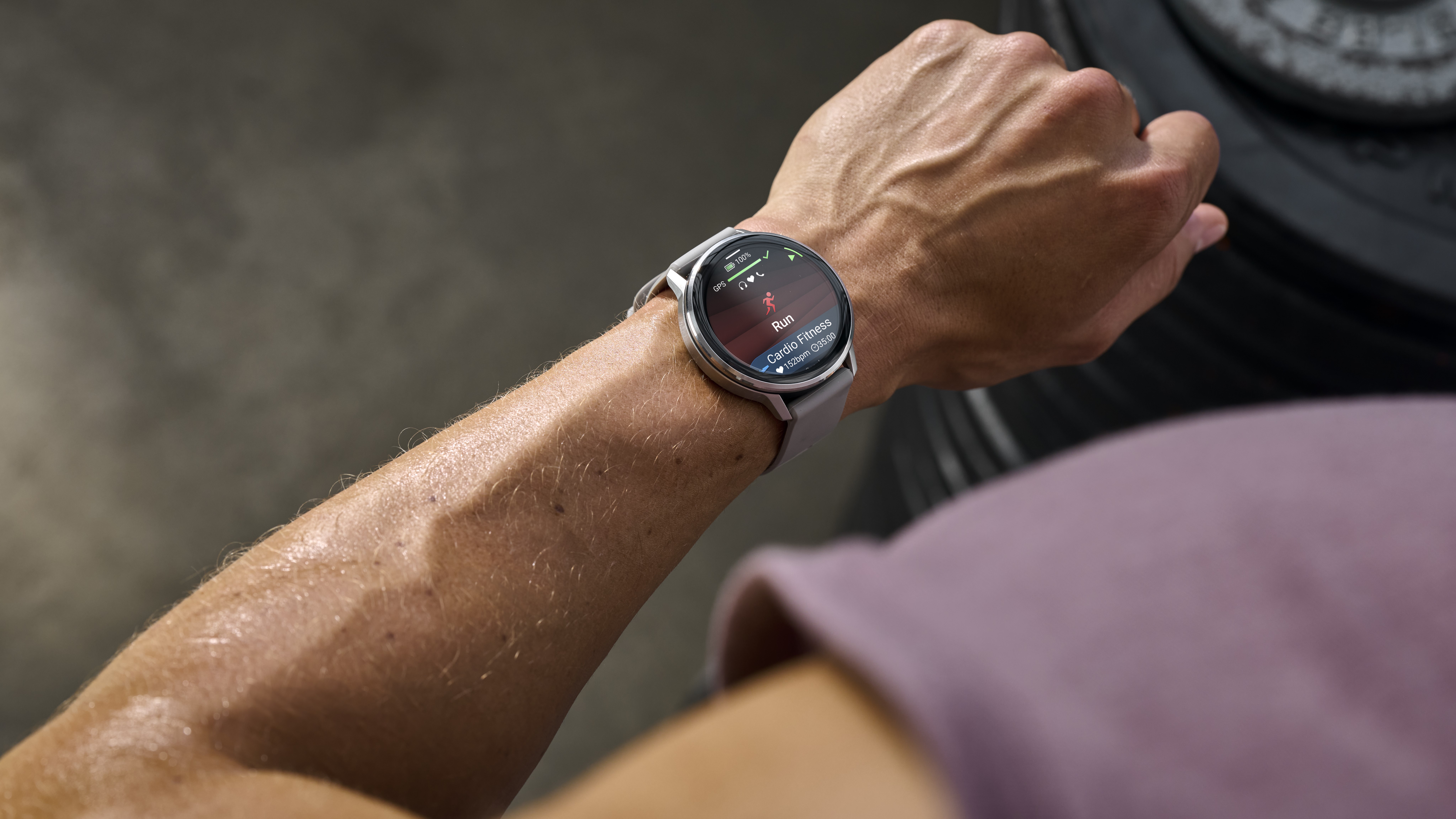
One thing that makes the Venu 4 heavier is the stainless steel built into both the bezel and the case, giving it a classy look. The Venu 4 45mm is slightly thicker than its predecessor at 12.5mm, and looks bulky compared to the Venu X1, but it's skinnier than most other Garmin watches. It's all relative, in other words.
The Venu X1 has a titanium caseback and buttons that add some shine, but the body itself is mostly made of polymer, keeping it light. Its skinniness and textured lines around its edge make the Venu X1 look less "cheap" and sportier than thicker, polymer-case Garmin watches, however.
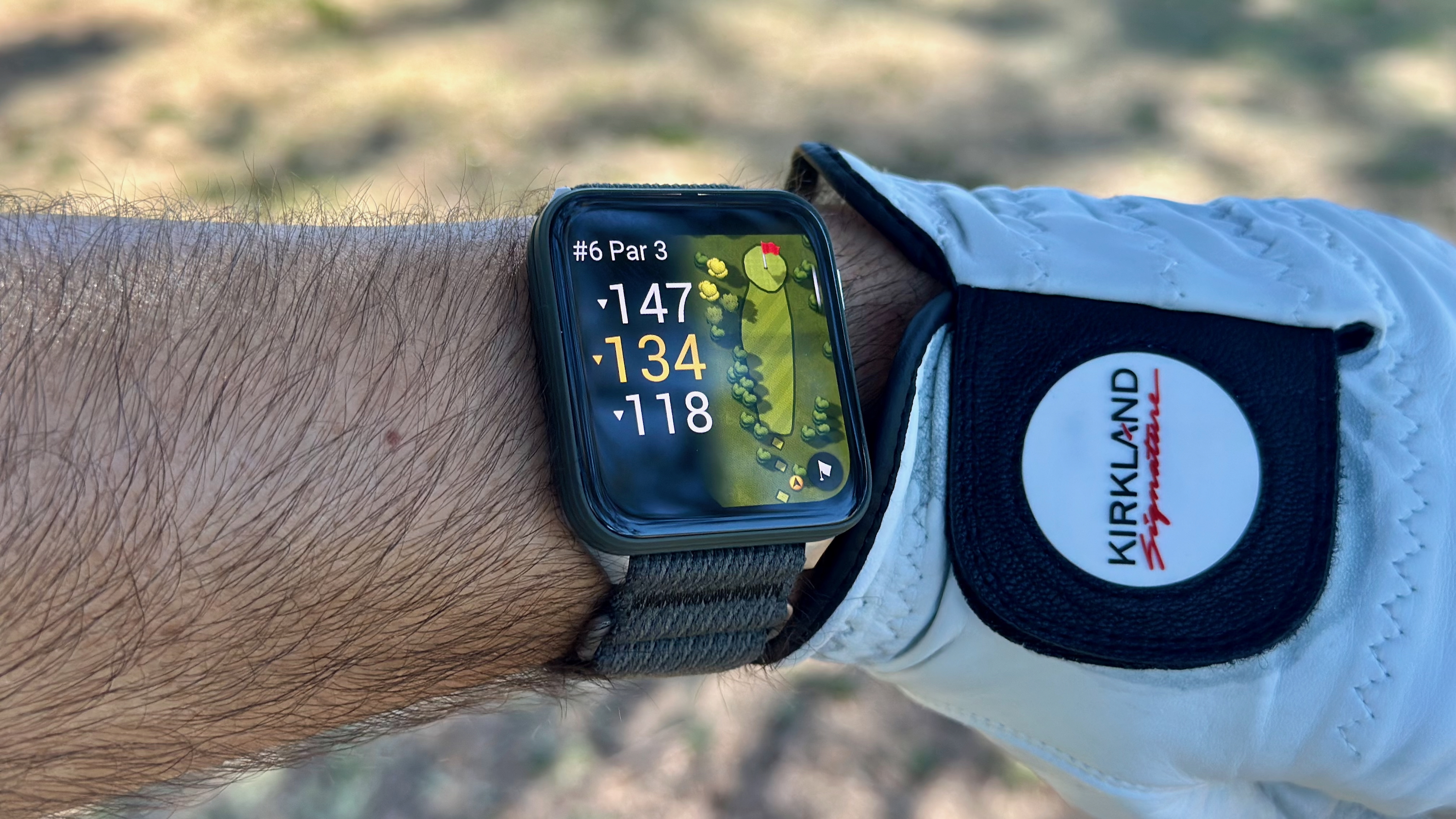
It's the 2-inch display that's the real Venu X1 standout. It may not have the Venu 4's accessibility features, but the display leaves room to expand widgets and increase text size, so it's cumulatively much more readable. Maps, in particular, look fantastic on the X1, making it fun to use while on the golf course and hiking.
The other X1 advantage is that it uses sapphire glass for the best scratch protection, while the Venu 4 sticks to Gorilla Glass 3. It's a telltale example of Garmin preventing its "mid-range" watches from getting the best features, even though almost any other $500+ watch has sapphire glass or its equivalent.
Garmin Venu 4 vs. Venu X1: Hardware, sensors, & battery life
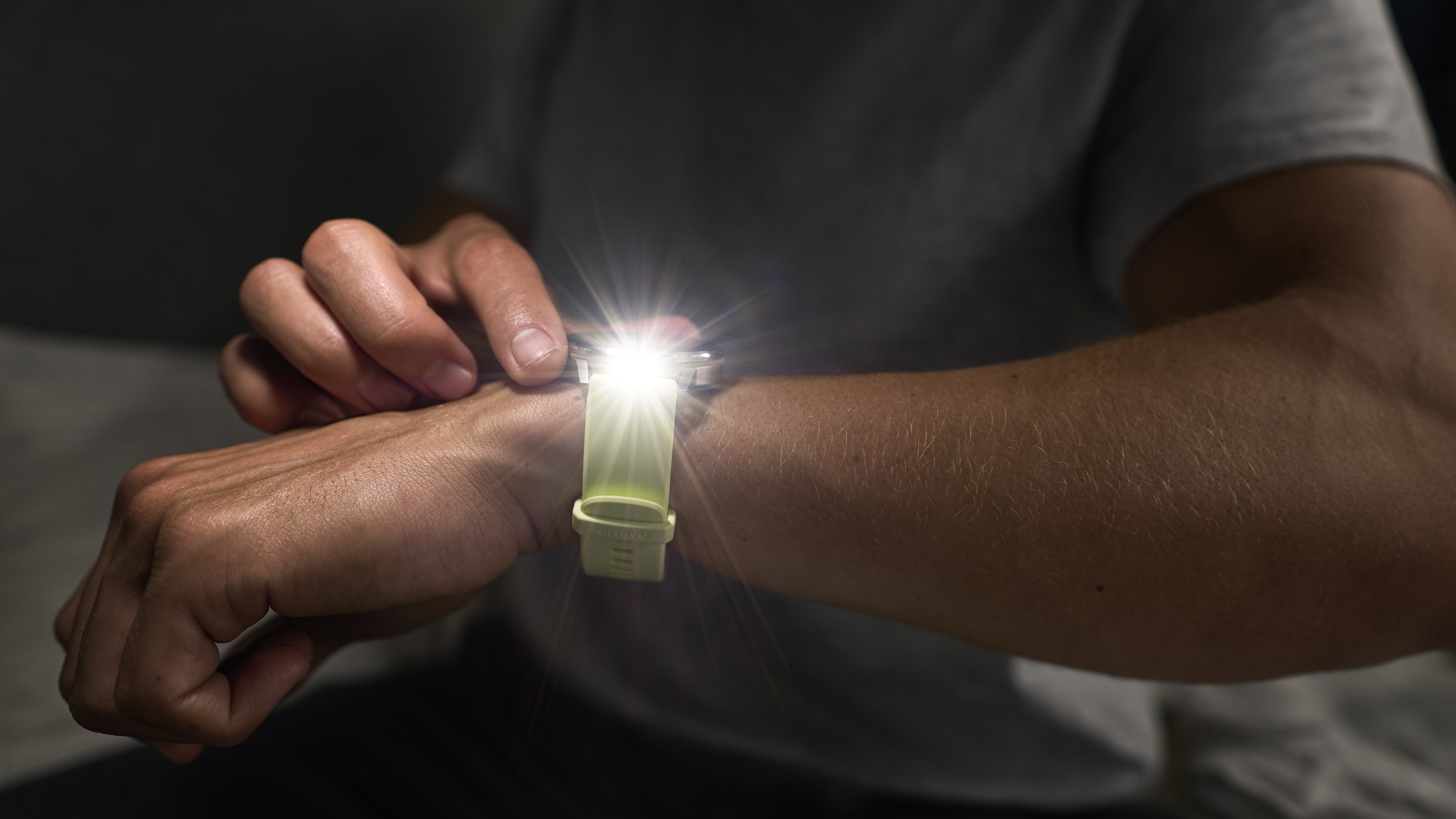
Garmin doesn't advertise processors, but the Venu 4 and X1 have comparable speed in our testing. Likewise, the mic, speakers, flashlight, connectivity standards, and sensors are mostly the same, along with the same five global navigation satellite systems (GNSS).
The first difference is that the Venu 4 offers the same dual-band (L1 + L5 signal) GPS as other top Garmin watches, as well as SatIQ mode, which defaults to GPS-only to save battery but switches to better system(s) if the signal is disrupted. The Venu X1 may be the only Garmin watch this expensive to stick to All-Systems GNSS, likely due to limited space and battery life; it still does quite well for accuracy, but the Venu 4 is a better fit if you often work out in urban canyons or mountain forest regions.
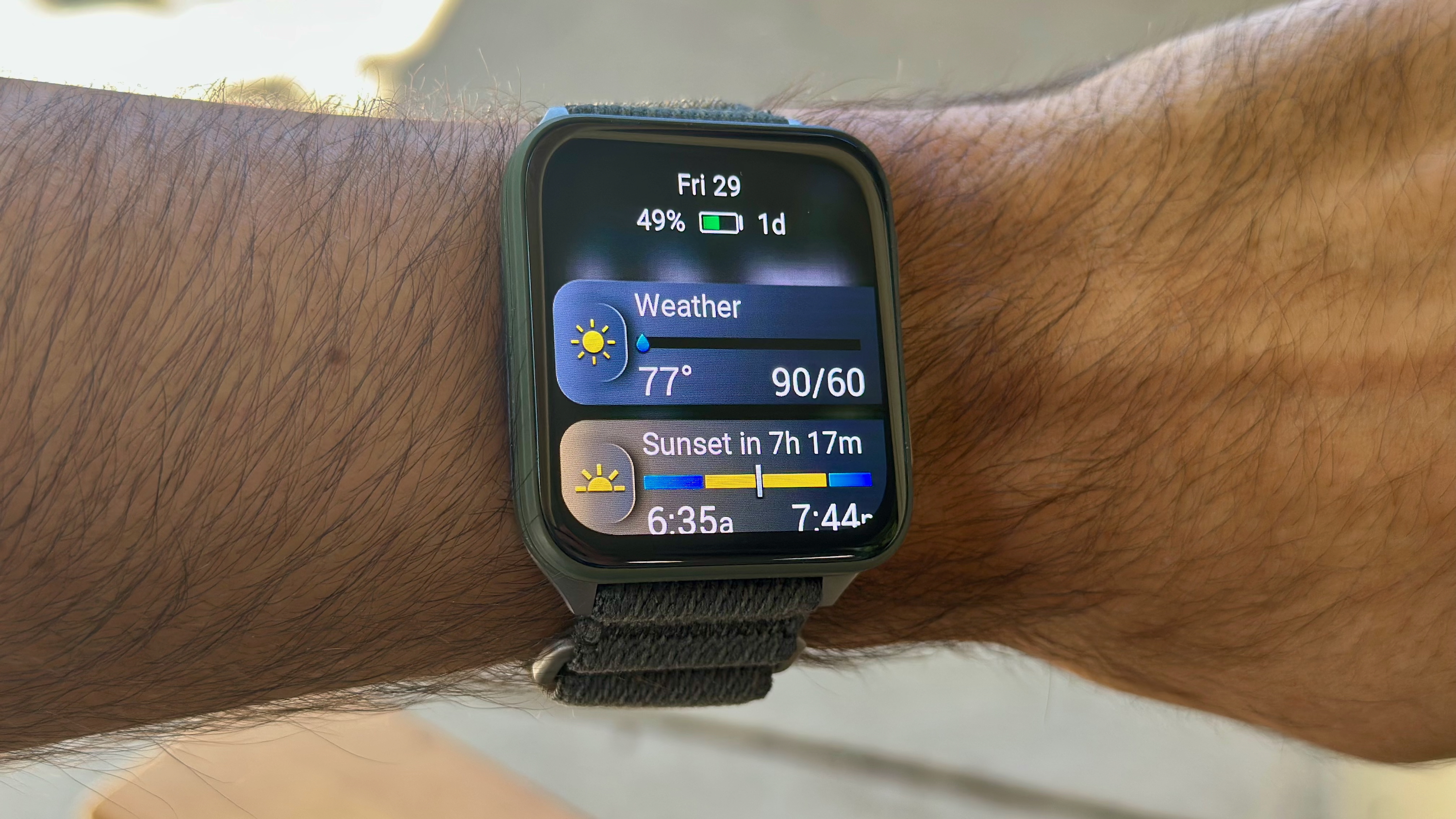
Next, the Venu 4 offers ECGs to detect atrial fibrillation issues, while the Venu X1 does not. Again, this has to do with the X1's unique design, as Garmin's ECG solution relies on a metal ring and a button design that it was too thin (and square) to accommodate. Keep in mind that no Garmin watches have passive irregular heart rhythm detection; you have to actively check.
The third key difference, of course, is battery life. Depending on whether you choose the Venu 4 41mm or 45mm, it'll last 2 or 4 days longer than the Venu X1, or 1 or 2 days more with AOD. In terms of workouts, the 45mm Venu 4 is rated to last four hours longer in All-Systems mode, while the 41mm Venu is rated for one hour less.
The gap isn't as wide as it might have been, as the Venu 3 lasts longer than the Venu 4; the 2,000-nit display boost cuts into its capacity. Still, even if the Venu 4 isn't as long-lived as the Instinct 3 or Fenix 8, it's closer to the Garmin standard you're used to.
Garmin Venu 4 vs. Venu X1: Software and features
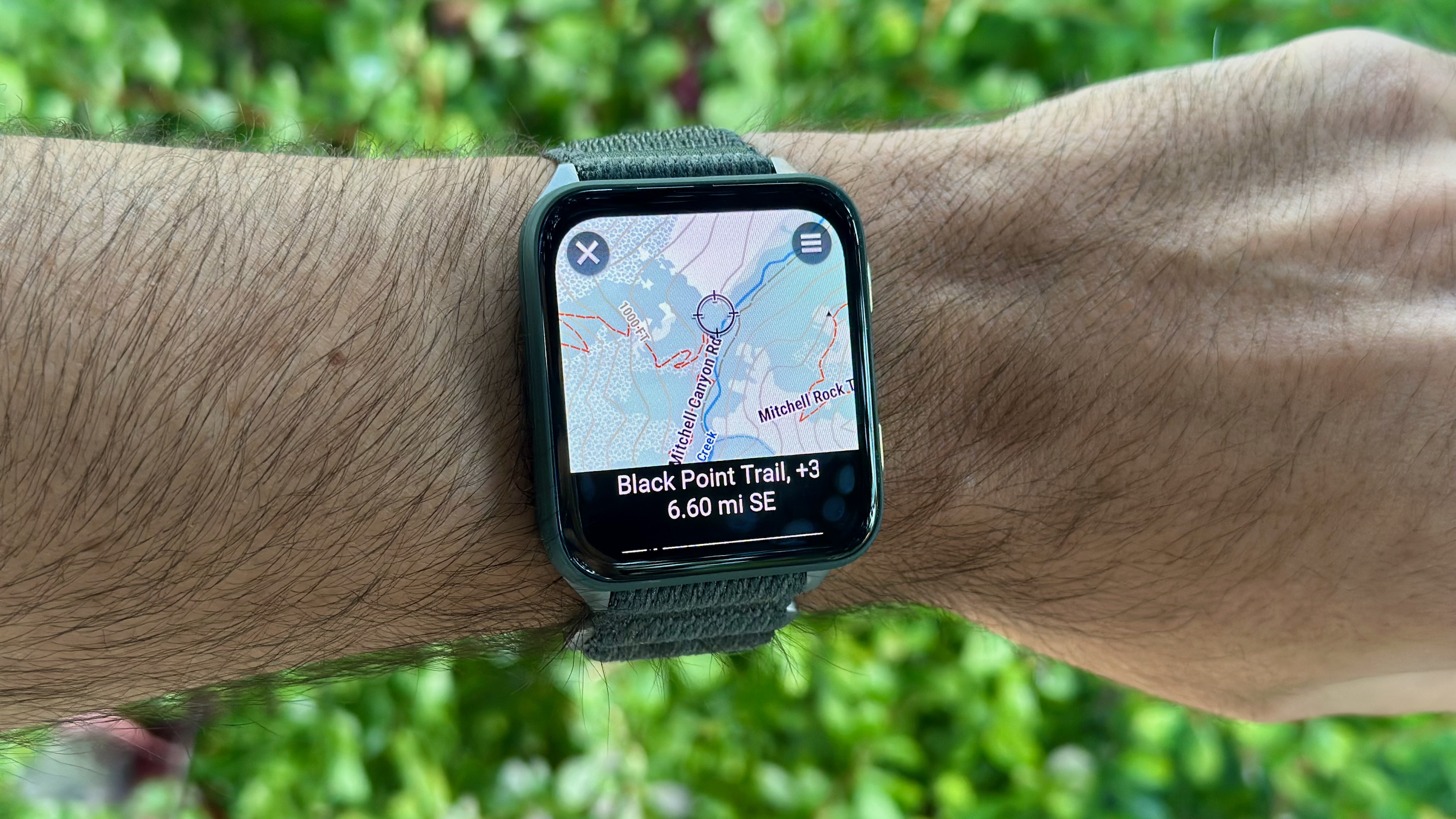
Category |
Garmin Venu 4 |
Garmin Venu X1 |
|---|---|---|
Health & Wellness |
Body Battery, All-day stress, Sleep Coach, Nap Detection, Sleep alignment, Sleep consistency, Smart Wake alarm, Breathing variations, Health Snapshot, Health Status, Lifestyle logging |
Body Battery, All-day stress, Sleep Coach, Nap Detection, Smart Wake alarm, Breathing variations, Health Snapshot |
Accessibility |
Wheelchair mode, color filters, spoken watch face |
None |
Workouts |
Premade: Cardio, HIIT, Multisport, Pilates, Strength, Wheelchair, Yoga Personalized: Daily suggested workouts for running, cycling, walking, and fitness |
Premade: Cardio, HIIT, Multisport, Pilates, Strength, Yoga Personalized: Daily suggested workouts for running and cycling |
Coaching |
Garmin Running Coach, Cycling Coach, Strength Coach, Fitness Coach |
Garmin Running Coach, Cycling Coach, Strength Coach, Triathlon Coach |
Training |
Intensity minutes, HRV Status, VO2 Max, workout benefit, recovery time, training status, training load focus / ratio, training effect, training readiness, heat/ altitude acclimation |
Intensity minutes, HRV Status, VO2 Max, workout benefit, recovery time, training status, training load focus / ratio, training effect, training readiness, heat/ altitude acclimation, real-time stamina, Hill/ Endurance scores, Garmin/ Strava Live Segments |
Running |
Running dynamics, running power, performance condition, grade-adjusted pace, lactate threshold, Pacepro, race predictor |
Running dynamics, running power, performance condition, grade-adjusted pace, lactate threshold, Pacepro, race predictor, running tolerance, running economy |
Courses |
Back to start, TracBack, downloadable courses, breadcrumb navigation, Up Ahead |
Back to start, TracBack, downloadable courses, breadcrumb navigation, Up Ahead, preloaded road and trail maps, GPS coordinates, NextFork, ClimbPro, Sight 'N Go |
Golfing |
Yardage, digital scorecard, Autoshot, green view, hazards |
Yardage, digital scorecard, Autoshot, green view, hazards, 43,000 predownloaded courses, custom targets, playslike distance with wind speed |
Garmin categorizes the Venu X1 alongside the Fenix 8 and other flagship models, meaning it'll receive regular updates — like the August 2025 update with running tolerance — with the best new features for the next year or two. We mention this because it's fair to assume the Venu 4's exclusive software will eventually come to the Venu X1.
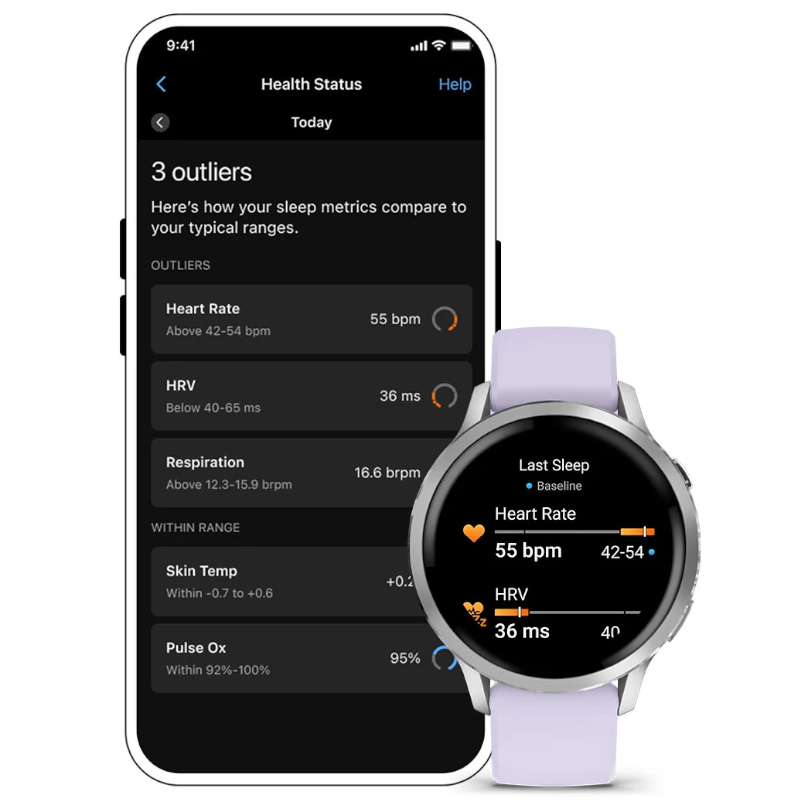
For now, the Venu 4 offers unique health tools such as Health Status, which establishes a baseline of your resting HR, HRV, SpO2, skin temperature, and other stats in order to detect any outliers and warn you of worrying health signs or the effects of overtraining.
The Venu 4 also added Lifestyle Logging to log specific moments in your day so that Garmin can associate changes in your physiology with your lifestyle. And for sleep tracking, the Venu 4 will judge your "sleep consistency" after seven days of tracking and judge how your sleep habits match with your circadian rhythm.
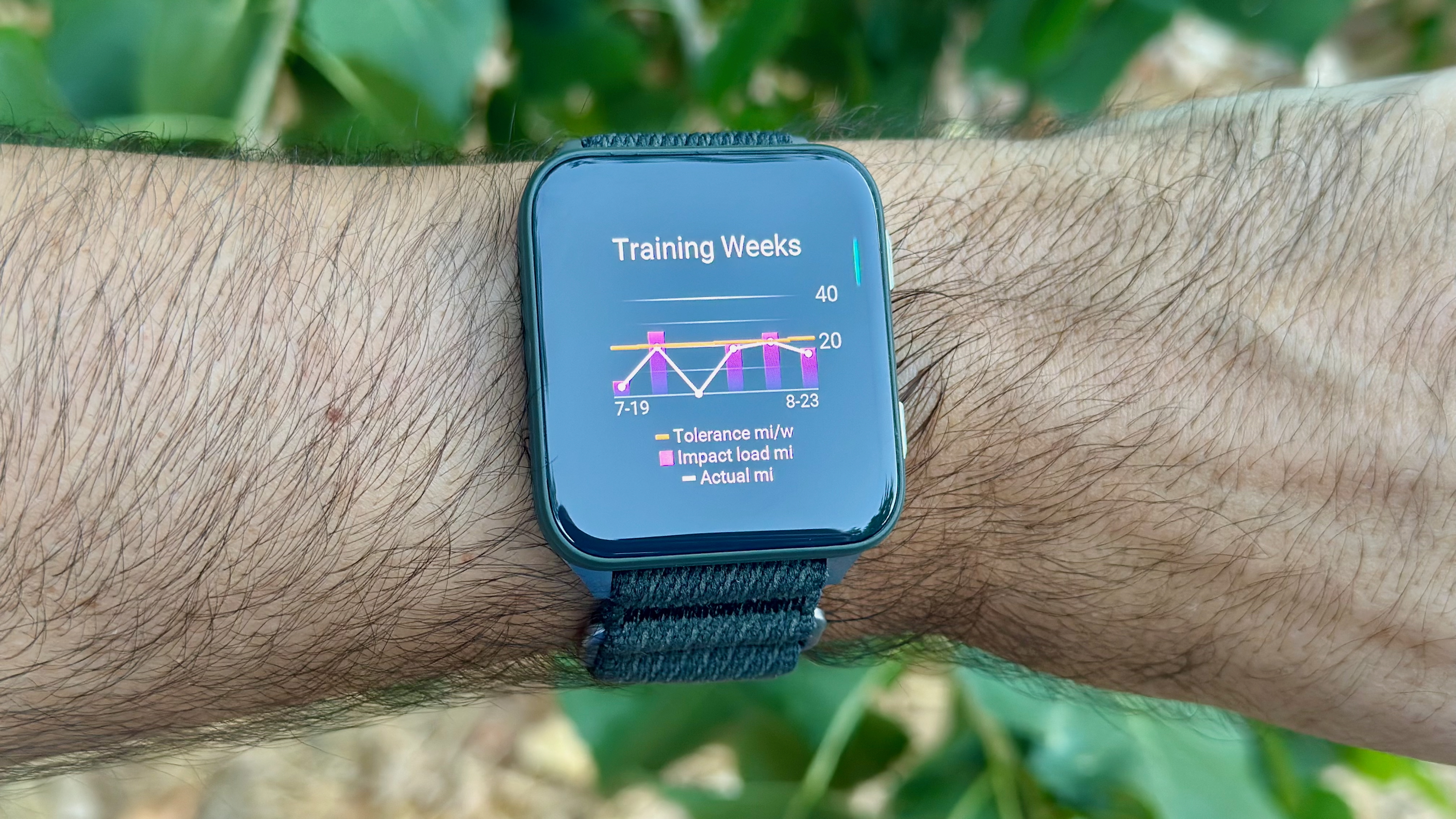
With the Venu X1, the biggest difference is getting access to maps, where the Venu 4 is stuck with downloadable courses and breadcrumb navigation.
The Venu 4 has most core Garmin features, but the Venu X1 goes the extra mile. For runners, it'll judge the biomechanical load of overtraining on your muscles, plus show your real-time stamina during long runs; for cyclists, you get advanced cycling dynamics and MTB Grit & Flow; for swimmers, you get Pool Swim workouts and Pacing alerts; and for golfers, course maps and better interactivity to place custom hole targets and gauge wind conditions.
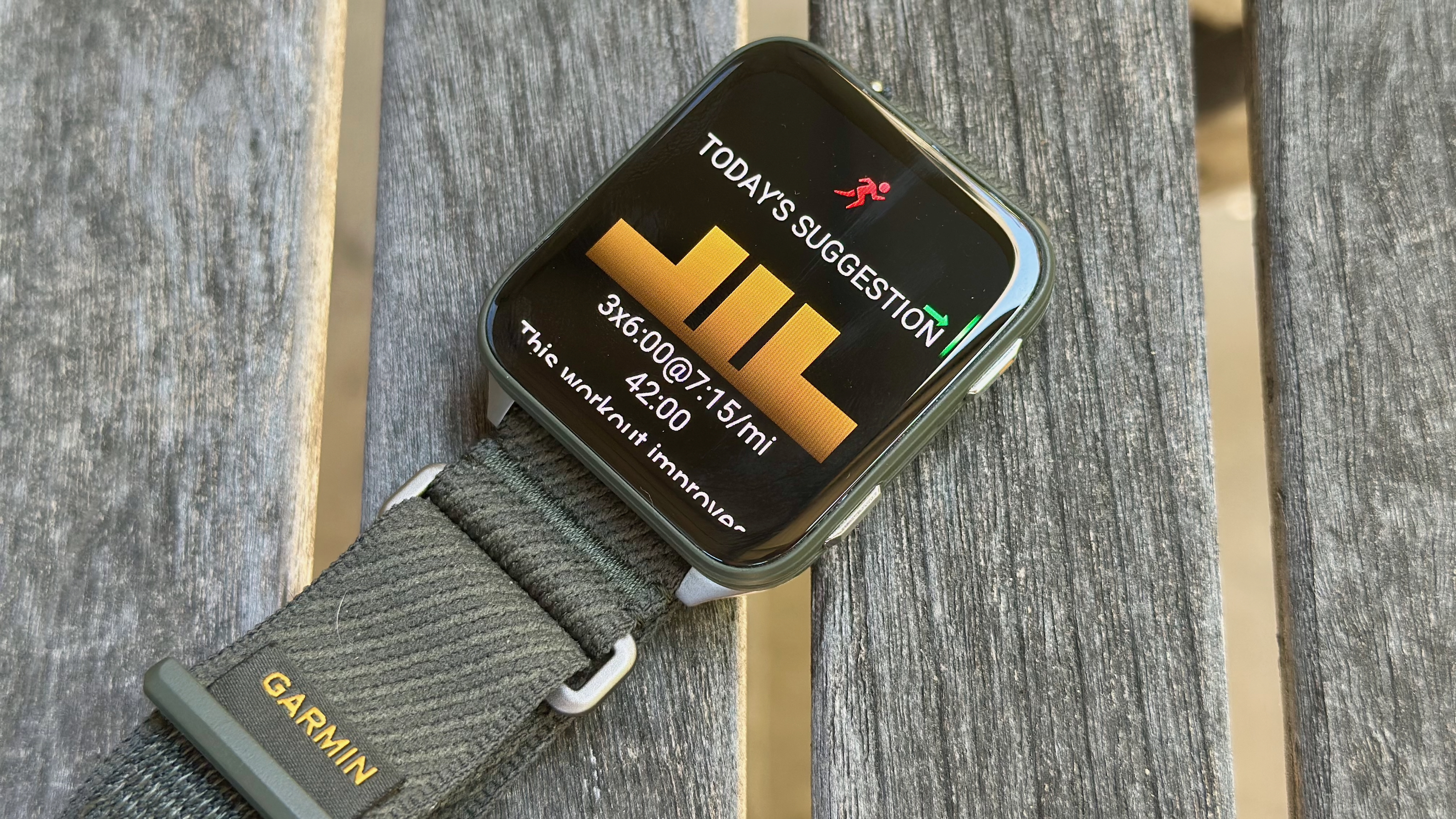
The final key difference between these watches comes down to workouts and coaching. Both watches offer daily suggested workouts for running and cycling, but the Venu 4's workouts are only "heart rate-based," while the X1 workouts suggest both "pace and heart rate" for more specificity.
The Venu 4 also offers walking recommendations, similar to the Vivoactive 6, as well as general "fitness" recommendations across a wider range of outdoor and indoor activities, including HIIT and yoga.
If you prefer a more structured workout plan, both watches offer Garmin Run Coach, Cycling Coach, and Strength Coach. But (so far) only the Venu 4 offers a Fitness coach with multisport plans targeting more indoor athletes, while the Venu X1 has a Triathlon Coach for specialized outdoor athletes.
Garmin Venu 4 vs. Venu X1: Which should you buy?

The Garmin Venu 4 represents a fusion between Venu and Forerunner software packed into an understated and stylish design. It's a great option for traditional Garmin fans who dislike the button-heavy look of a Forerunner but still want a circular watch. For those types, the square, Apple-esque X1 with "only" a week of battery might not fit their wants.
The Garmin Venu X1 isn't really competing with the Venu 4 as much as the Fenix 8, or rival flagships like the Apple Watch Ultra 3 and Galaxy Watch Ultra, which are much bulkier. It's an unconventional design for Garmin, but you might be surprised how much you'll love how light it is and how it makes the dense Garmin UI easier to read, both during and after workouts.
Neither watch is especially affordable, but the Venu 4 is still the better all-around pick if you don't need maps, while the Venu X1 is the ritzy pick for someone willing to pay extra for niche perks and fantastic comfort.
Garmin's best mid-ranger
Choose the Garmin Venu 4 for a well-rounded software experience with Forerunner tools restricted from the Venu 3, with new perks like a flashlight and Fitness Coach mixed in with old favorites like ECGs and a mic & speaker. Skip it if you need offline maps or prefer a larger display.
A fitter Fenix
Choose the Garmin Venu X1 if you want the best possible display and comfort, with familiar Fenix 8 training tools and maps for a price that's much closer to the old Fenix 7. Skip it if you can't afford its high cost, need the best GPS accuracy, or are accustomed to weeks of battery life.







